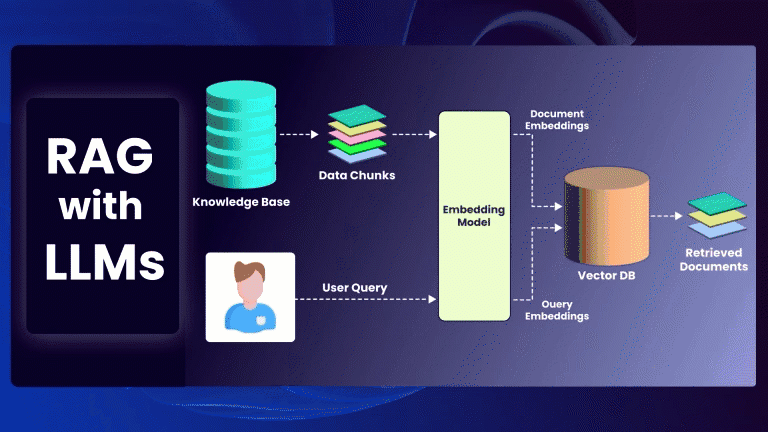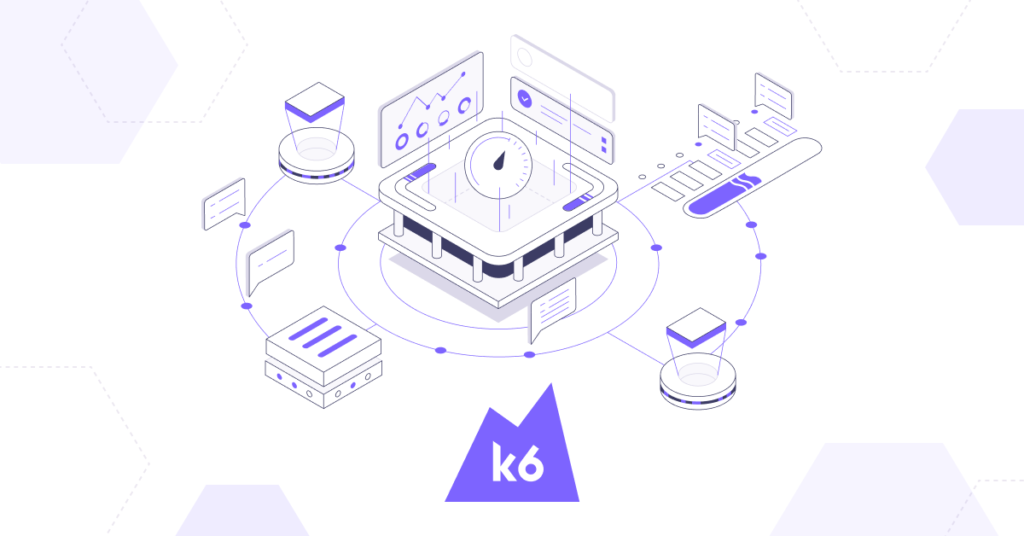Becoming a full stack developer is an exciting journey that involves mastering both frontend and backend technologies, as well as understanding the various components of web development. In this comprehensive roadmap, we’ll guide you through the steps needed to become a proficient full stack developer in 2024, covering everything from foundational concepts to advanced techniques and tools.
Step 1: Master the Fundamentals
- HTML, CSS, and JavaScript:
- Understand the basics of HTML for creating webpage structure, CSS for styling, and JavaScript for adding interactivity.
- Learn about semantic HTML, responsive design, CSS frameworks like Bootstrap or Tailwind CSS, and modern JavaScript features.
- Version Control with Git:
- Learn how to use Git for tracking changes in your codebase, collaborating with others, and managing different versions of your projects.
- Command Line Basics:
- Familiarize yourself with the command line interface (CLI) to navigate your file system, execute commands, and manage your development environment.
Step 2: Dive into Frontend Development
- Frontend Frameworks:
- Choose a frontend JavaScript framework such as React, Angular, or Vue.js.
- Learn how to build interactive user interfaces, manage application state, and handle routing using the chosen framework.
- Advanced CSS Techniques:
- Explore advanced CSS concepts like CSS Grid, Flexbox, CSS preprocessors (Sass, Less), and CSS-in-JS solutions for styling your applications.
- Responsive Design and Accessibility:
- Master responsive design principles to ensure your applications look and perform well across various devices and screen sizes.
- Understand accessibility best practices to make your applications usable for all users, including those with disabilities.
Step 3: Backend Development Foundations
- Server-side Programming Languages:
- Choose a backend programming language such as JavaScript (Node.js), Python (Django, Flask), Ruby (Ruby on Rails), or Java (Spring Boot).
- Learn about server-side concepts like handling HTTP requests, working with databases, and implementing authentication and authorization.
- Databases and Data Modeling:
- Gain proficiency in SQL databases like PostgreSQL, MySQL, or SQLite, and NoSQL databases like MongoDB or Firebase Firestore.
- Understand database design principles, data modeling, and query optimization techniques.
- RESTful APIs and Web Services:
- Learn how to design and build RESTful APIs to communicate between the frontend and backend of your applications.
- Explore tools and frameworks for building APIs, such as Express.js for Node.js or Flask for Python.
Step 4: Advanced Full Stack Development
- Authentication and Authorization:
- Implement secure authentication mechanisms like JWT (JSON Web Tokens), OAuth, or sessions to protect your applications from unauthorized access.
- Understand best practices for managing user sessions, handling password hashing, and implementing role-based access control (RBAC).
- Microservices and Serverless Architecture:
- Explore microservices architecture and serverless computing to build scalable and resilient applications.
- Learn about containerization (Docker) and orchestration (Kubernetes) for deploying and managing microservices.
- Real-time Communication:
- Learn how to implement real-time features like chat applications, notifications, and live updates using technologies like WebSockets, Socket.IO, or GraphQL subscriptions.
Step 5: DevOps and Deployment
- Continuous Integration and Deployment (CI/CD):
- Set up automated build, test, and deployment pipelines using CI/CD tools like Jenkins, Travis CI, or GitHub Actions.
- Practice version control branching strategies (GitFlow, GitHub Flow) and code review processes to maintain code quality.
- Infrastructure as Code (IaC):
- Learn about infrastructure automation using tools like Terraform or AWS CloudFormation to provision and manage cloud resources.
- Understand cloud computing platforms like AWS, Azure, or Google Cloud Platform (GCP) for deploying and scaling your applications.
- Monitoring and Logging:
- Implement logging and monitoring solutions to track application performance, detect errors, and troubleshoot issues in production environments.
- Explore tools like Prometheus, Grafana, ELK Stack (Elasticsearch, Logstash, Kibana), and New Relic for monitoring and observability.
Step 6: Build Projects and Create a Portfolio
- Personal Projects:
- Build full stack projects that integrate frontend and backend technologies, showcasing your skills and creativity.
- Experiment with different technologies, architectures, and deployment strategies to broaden your knowledge.
- Open Source Contributions:
- Contribute to open source projects on platforms like GitHub to collaborate with other developers, gain experience working on real-world projects, and showcase your contributions.
- Portfolio Website:
- Create a professional portfolio website to showcase your projects, skills, and experiences.
- Highlight your best work, provide project details and code samples, and include testimonials or endorsements from clients or collaborators.
Step 7: Continuous Learning and Growth
- Stay Updated with Industry Trends:
- Follow blogs, newsletters, and social media channels to stay informed about the latest trends, technologies, and best practices in full stack development.
- Attend Meetups and Conferences:
- Participate in local meetups, workshops, and conferences to network with other developers, learn from industry experts, and stay motivated on your learning journey.
- Online Courses and Certifications:
- Enroll in online courses, bootcamps, or certification programs to deepen your knowledge in specific areas of full stack development and acquire new skills.
Conclusion
Becoming a full stack developer requires dedication, continuous learning, and hands-on experience with a wide range of technologies and tools. By following this comprehensive roadmap, you’ll acquire the skills and knowledge needed to build modern, scalable, and secure web applications in 2024 and beyond. Remember to practice regularly, build meaningful projects, and stay curious about emerging technologies to excel in your full stack development career.






